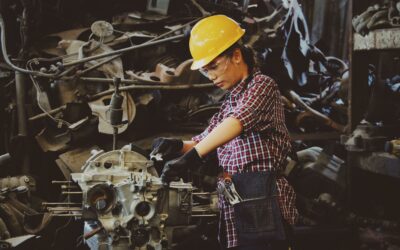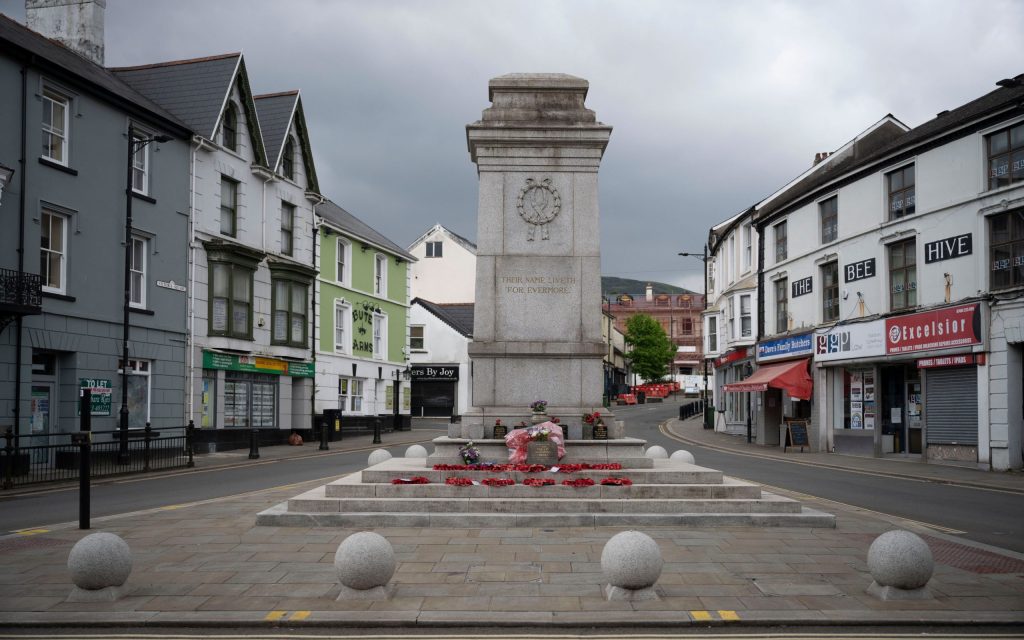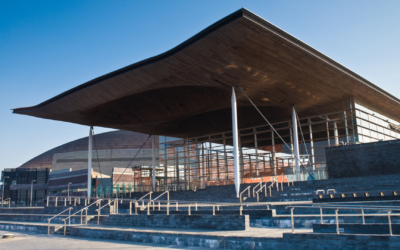 Economy
Economy 
What are the prospects for re-imagined high streets and town centres?
As businesses continue to re-open, Helen Cunningham explores
Passing through a high street on the weekend – my first time since lockdown – the street felt almost bustling. The sun was shining, and tables, chairs and gazebos were filled. If I did not know better, I would have thought business is booming. But of course, more activity outdoors on the street is by necessity rather than choice. You don’t have to look far on any high street to see that there are still shops that are closed with the lights off. High streets are not booming even if a café culture of sorts is on the rise.
The challenge
Pre-coronavirus, Wales already had some of the worst high street vacant unit rates, so re-imagining the high street was already on some agendas. Organisations like the FSB have been highlighting for some time the changing patterns in consumer behaviour and purchasing, such as online shopping, and their implications for towns and high streets. Last year we advocated the development of Anchor Towns – places that build on and add to the cultural, civic, and community life of an area, guaranteeing that key public services, diverse consumer services, green infrastructure and a strong local transport network are within easy reach to the surrounding population.
When developments fall through
The last downturn of 2008/9 saw some retail and leisure flagship developments paused and cancelled altogether. It was the scrapping of the £700m Tithebarn development in Preston city centre that was the catalyst for Preston taking a different path towards community wealth building, which it is now a poster child for. Plans to develop the Broadmarsh area of Nottingham recently saw the scaffolding come down on the shopping centre. Since then there have been interesting discussions on what the community would like to see happen with the space. One suggestion put forward is more green space in the form of a pop-up park as a temporary solution. Hardly representative, but in Nottingham Live’s poll of its readers, half of them voted to abandon the development and turn the space into a park. Perhaps that’s symptomatic of our recent re-appreciation of communal spaces during lock-down, and the realisation that community infrastructure of this kind has been somewhat undervalued.
High streets by and for communities
Last week, the Social Market Foundation presented its recommendations for action on high streets. It suggests consumer and business behaviour may be changed long-term by coronavirus and advocates a re-purposing of centres and high streets. Re-purposing vacant retail space into residential property is one suggestion. Another is designating declining areas as growth areas with tax incentives linked to the hiring of local workers, especially those affected by the economic impact of coronavirus.
Gearing high streets to the preferences and needs of communities seems like a no-brainer. The creativity and responsiveness of many communities during the pandemic only strengthens the case for more community involvement in designing the future of our centres and high streets. The opportunity of “meanwhile”, to make use of empty units through more creative and flexible methods, offers a perfect platform for trying things out without committing to them for the next 25 years. The ideas and imagination are there and can help create new kinds of high streets needed in a post-covid future. Now is the time to make use of them and ensure our high streets really are fit for the future.
Helen Cunningham is Project Officer at the Bevan Foundation. Follow her on twitter @cunninghamhel


